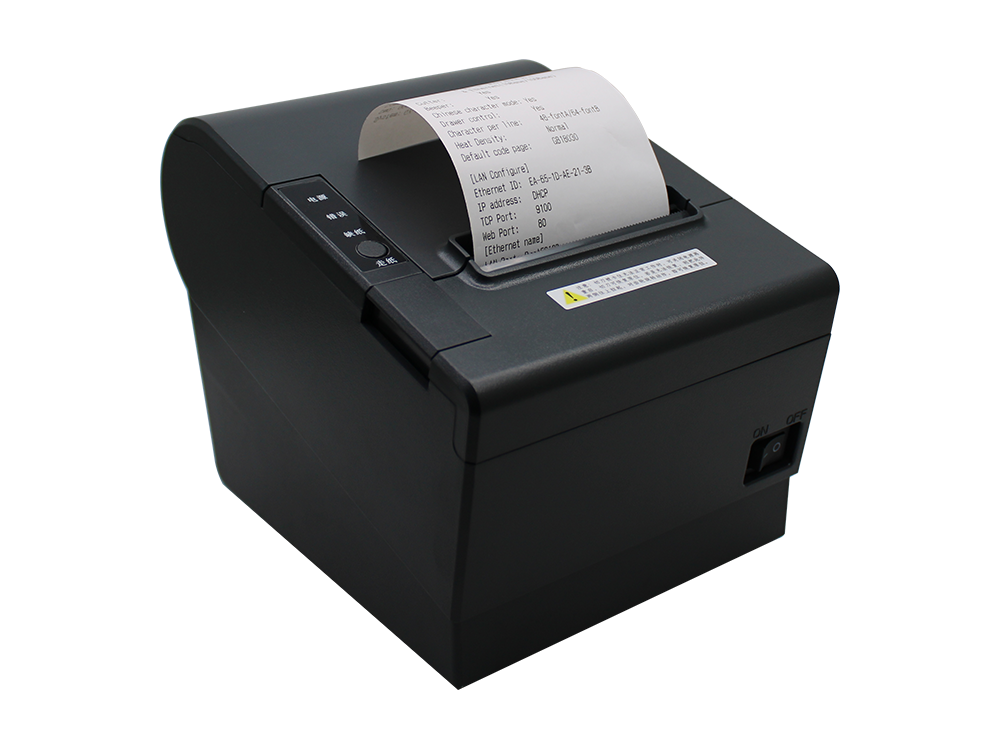Time:2025.04.28Browse:1

Single paper path inkjet printers have carved out a significant niche in the world of printing technology, offering a range of advantages that make them a popular choice for various applications. These printers are designed with a streamlined paper handling system where the paper follows a single, direct route through the printer, from the input tray to the output tray.
One of the primary benefits of single paper path inkjet printers is their reduced risk of paper jams. With a straightforward paper path, there are fewer bends, curves, and potential points of obstruction compared to printers with more complex paper handling systems. This simplicity ensures a smoother paper feed, minimizing the chances of the paper getting stuck or misaligned during the printing process. For example, in an office environment where large volumes of documents need to be printed quickly, a single paper path printer can maintain a consistent and efficient workflow without the frequent interruptions caused by paper jams.
Another advantage lies in the improved print quality. Since the paper moves through the printer in a more controlled manner, there is less likelihood of the paper shifting or vibrating, which could lead to smudging or misalignment of the printed text and images. The consistent paper movement allows the print heads to deposit ink precisely on the paper, resulting in sharp, clear prints with accurate color reproduction. This is particularly important for applications such as photo printing, where fine details and vibrant colors are crucial.
Single paper path inkjet printers also tend to be more compact and space - efficient. Without the need for complex paper routing mechanisms, these printers can be designed with a smaller footprint, making them suitable for home offices, small businesses, or any space where desk space is limited. Their simplicity in design also often translates to lower manufacturing costs, which can make them more affordable for budget - conscious consumers.
In addition, the maintenance of single paper path inkjet printers is generally more straightforward. With fewer components involved in the paper handling process, there are fewer parts that may require cleaning, adjustment, or replacement. This can save users both time and money in the long run, as they don't have to spend as much on maintenance and repairs. For instance, the paper trays in these printers are often easier to access and clean, ensuring that dust and debris don't accumulate and interfere with the paper feed.
However, single paper path inkjet printers also have some limitations. They may not be as versatile as printers with multiple paper paths when it comes to handling different types of paper. For example, some printers with multiple paper paths can easily switch between plain paper, photo paper, envelopes, and cardstock, while single paper path printers may have more restricted paper handling capabilities. Additionally, the speed of printing in some single paper path models may be slower compared to their more complex counterparts, especially when printing large volumes of documents.
Despite these limitations, single paper path inkjet printers remain a reliable and practical choice for many users. Their simplicity, reduced risk of paper jams, good print quality, and ease of maintenance make them a valuable addition to any printing setup, whether it's for personal use at home or in a professional office environment.
Read recommendations: